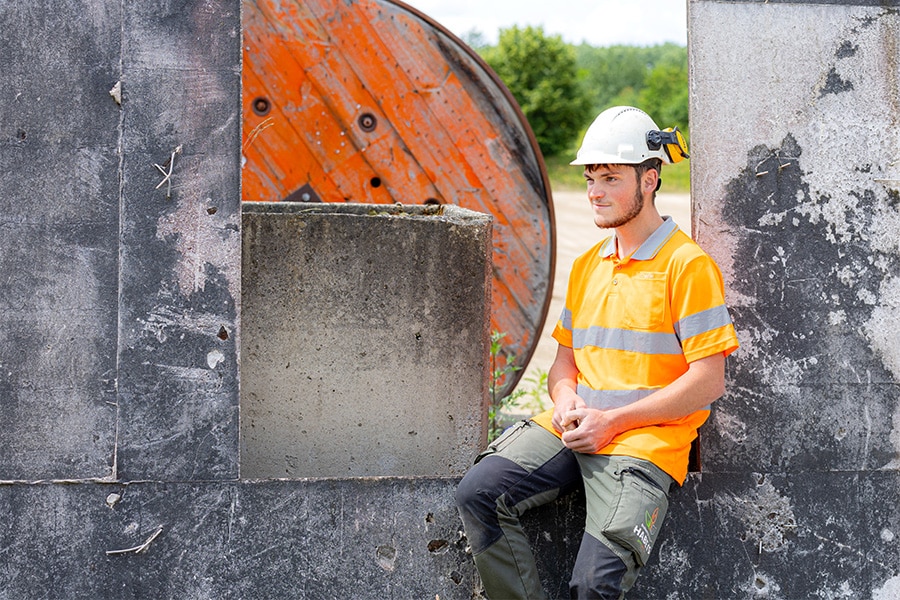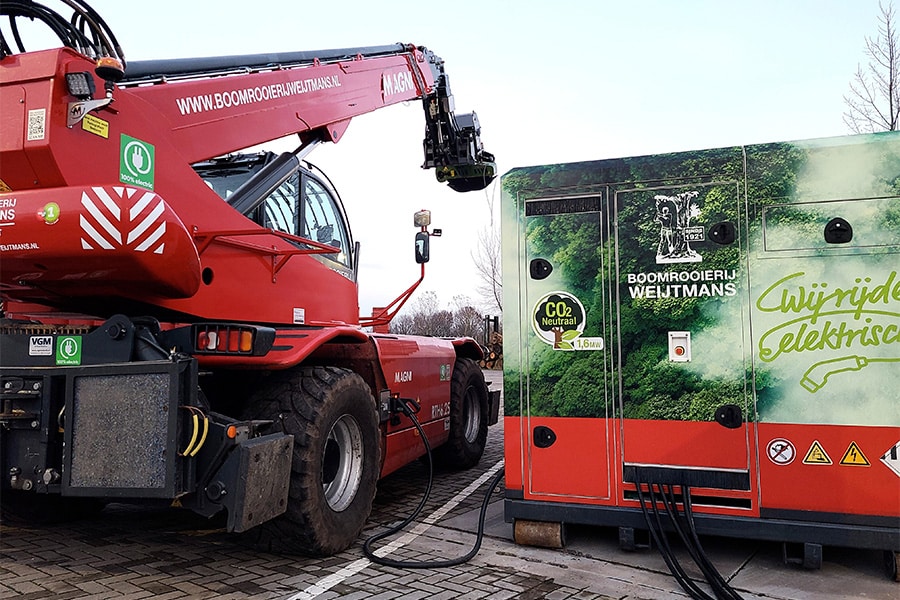
One small sensor helps
Every week the Consortium Grensmaas extracts about one hundred thousand tons of gravel. A quantity that requires a huge logistical operation. Stopping that process is not an option. And certainly not unannounced. With a single sensor, Hans van der Meer has a clear picture of that risk.
Hans van der Meer is head of production and technical services at the gravel pit. "To give you an idea, one ton is eleven wheelbarrows. On an annual basis, we extract four and a half million tons of gravel here. And this gravel extraction is an important part of the Grensmaas project. It is the financial engine and thus one of the three important pillars of the project. Thanks to that gravel extraction, there are no costs for the taxpayer and we provide flood protection and nature development. Self-realization, we also call that," Van der Meer explains.
The moment we arrive in Born to take a look at the project, we see another special initiative. A real set for an open-air opera is being built. Artists on decks, cleaners in the water, lighting in aerial platforms and surtitles on a crane. In the following days, a grandstand with room for a thousand spectators is built. Six open-air performances of the opera The Little Mermaid are planned. How culture and business can find each other. "We received this request from the Limburg company Opera Compact and actually thought it was a very nice idea," laughs Hans. "But it takes quite a bit of doing, you know. And on the water, too, for that matter."
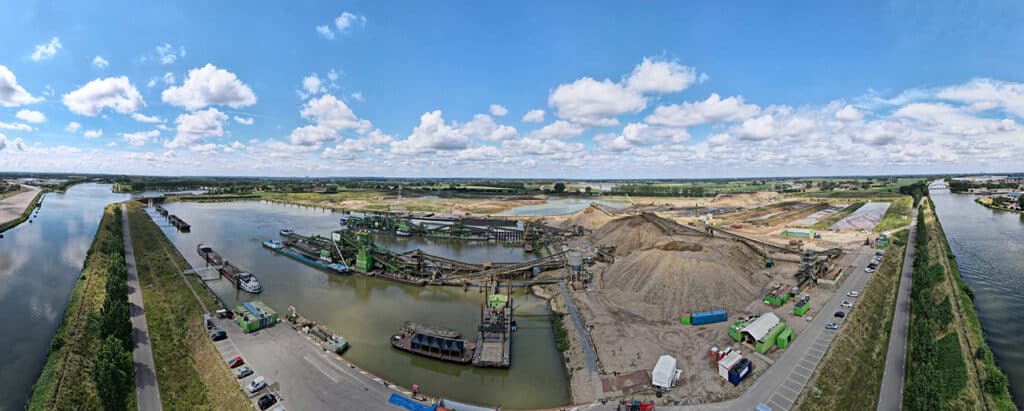
Gravel extraction
Back to gravel mining. How could you find a finer example of a win-win-win situation in our country. Limburg faced two floods of the Meuse in 1993 and 1995 that caused 200 million euros in damage. Society demanded more flood safety, but the cost of some 700 million euros was a stumbling block for years. Until an agreement was reached with Consortium Grensmaas, a partnership of contractors, gravel producers and Natuurmonumenten, that both flood safety and nature development would be paid for with the proceeds from sand and gravel extraction along the Meuse. The river has since been given three hundred and fifty acres of additional space to drain water. That's about 500 soccer fields. The streambed was widened, banks lowered and dikes raised.
The residents notice it immediately: the water level rises less quickly and stays lower after long rainy periods. South Limburg now keeps dry at the same water level as in 1993 and 1995. And a thousand acres of new nature is being created along the Meuse River that will eventually attract a million cyclists and hikers, studies have shown.
Back to the gravel extraction of the Grensmaas project, with which the Consortium should recoup the 700 million investment for flood safety and nature development. That hinges on the smooth running of the logistical process. "All minerals are transported by barge, and those ships have to be able to sail off and on at the assembly line. It is a constant puzzle to be able to dispose of everything at the right time," van der Meer emphasizes.
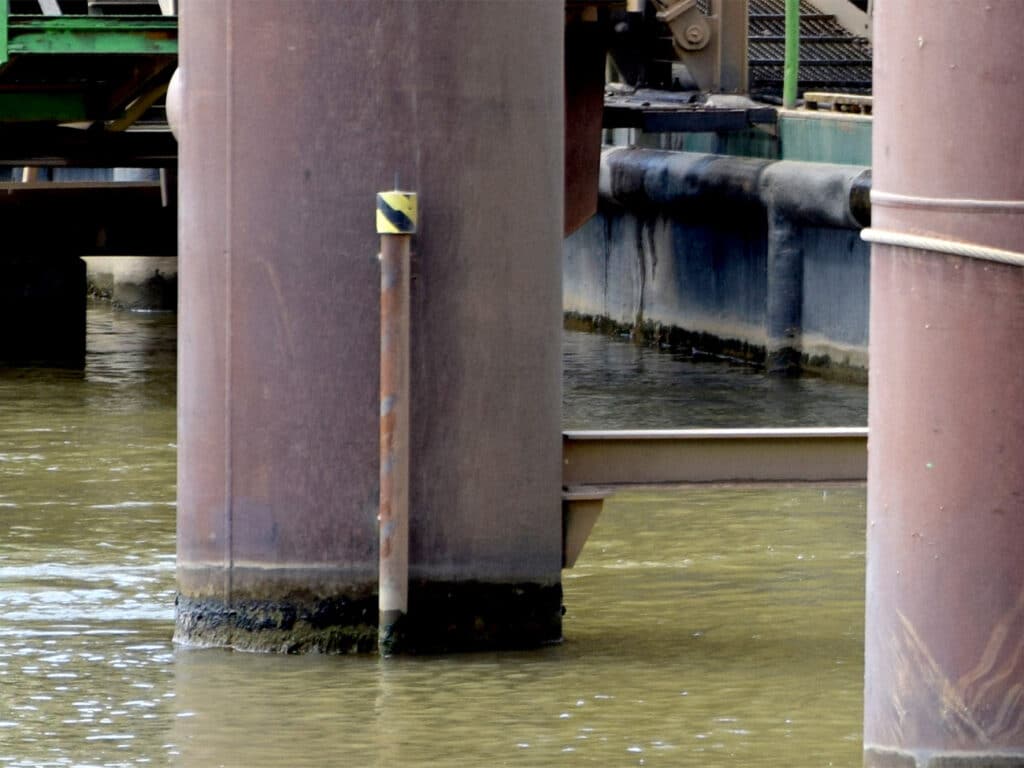
Toutvenant
The mix of sand and gravel that is excavated is called toutvenant. In South Limburg, this toutvenant consists of eighty percent gravel and twenty percent sand. It is excavated with huge excavators and transported with specially designed trucks. "Further north in the province, the toutvenant consists more of sand than gravel. That has to do with deposits from the ice age." Through an ingenious system with conveyors, screening machines, washers, screw conveyors and so on, the gravel is rinsed and sorted. Every size of gravel has its own final destination, from asphalt to ornamental gravel.
The Grensmaas is already showing its whimsical nature beautifully during our visit. "Look," says Hans, "The river is many times wider now than it was a few weeks ago. Because of the rainfall it is now a big river and mountains of excavated gravel, which were on the bank two weeks ago, are now in the water. And there is also a huge difference between summer and winter. In summer, the average flow is about 40 cubic meters of water per second; in winter it can be as much as 2,500 cubic meters. During the floods of 1993 and 1995 it was about 3,200 cubic meters."
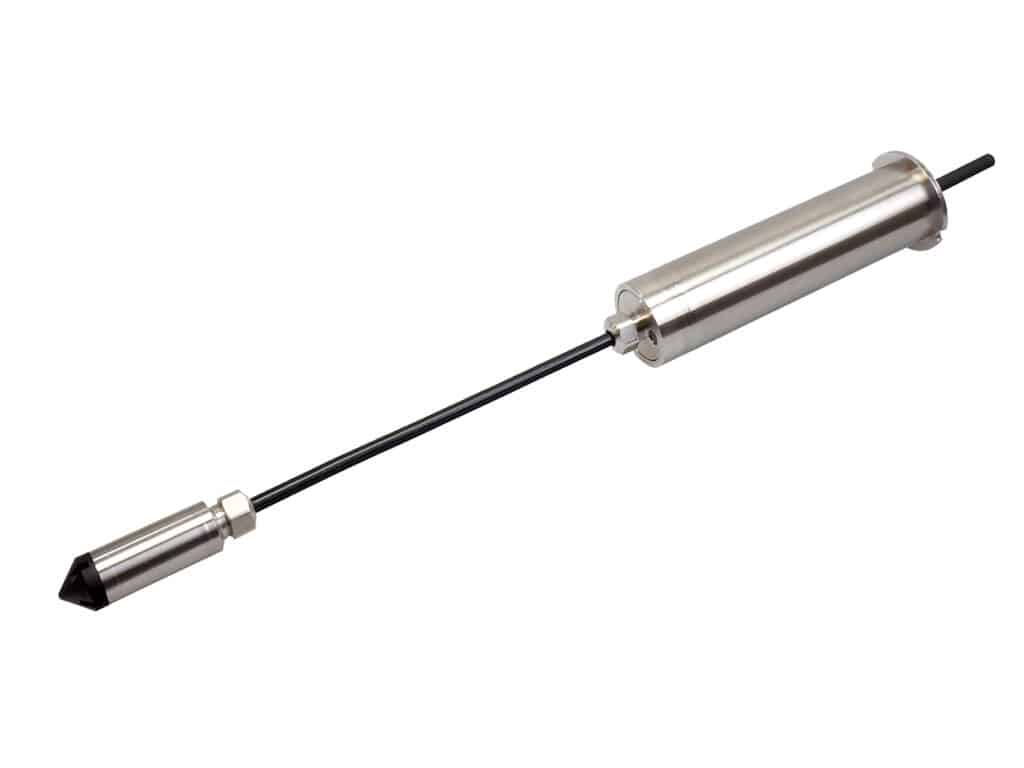
Water level
Due to the nature of the production process, the progress is highly dependent on the water level in the Meuse River. That water level fluctuates greatly. Also due to the operation of the locks. Van der Meer wanted to be able to properly monitor and record that water level, also for communication with the Department of Public Works. "Here in the harbor, I mounted a level sensor to a mooring post that communicates the water levels to the cloud via a LoRa network. This system from KELLER gives me up-to-date insight into the water levels on a dashboard in my office. Martijn Smit from KELLER helped us get the system up and running, and thanks to the sensor's communication with KELLER's own Kolibri cloud, we now have all possible information from that sensor available."
Important, because if the water level is too low or too high, the process may grind to a halt. "We ourselves had the impression that the water level was fluctuating much more than the Department of Public Works indicated, and that turned out to be the case, indeed, it turned out to be as much as a factor of four to five more. Because we can now monitor it ourselves, we can also sound the alarm in time."
The digital level sensor - series 26 X - measures not only the water level but also the temperature, both of the water and of the air. "When ice forms, we cannot produce. So we also want to know that as early as possible. Under normal conditions, we produce here six days a week from seven in the morning until seven in the evening. If we know that there will be a change in that, we should be able to respond to that as soon as possible."
The Border Meuse
The Grensmaas is the unnavigable part of the Meuse, about 47 kilometers long and the border between Belgium and the Netherlands since 1839. Sometimes even fordable in summer, but during heavy rainfall, this little stream can swell into a huge body of water that caused floods in the past. An erratic rain river.
The Grensmaas project is a self-realization project spanning some 40 kilometers between Maastricht and Roosteren. It is a nationally and internationally distinguished project for communication and environmental management. The project will last until 2027. The flood protection and nature development have now been realized as agreed. The province of Limburg has now asked the Consortium to provide smart and cost-saving plans to ensure the province's high-water safety in the longer term in view of climate change.
